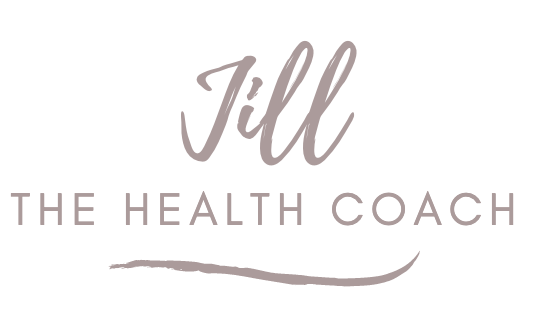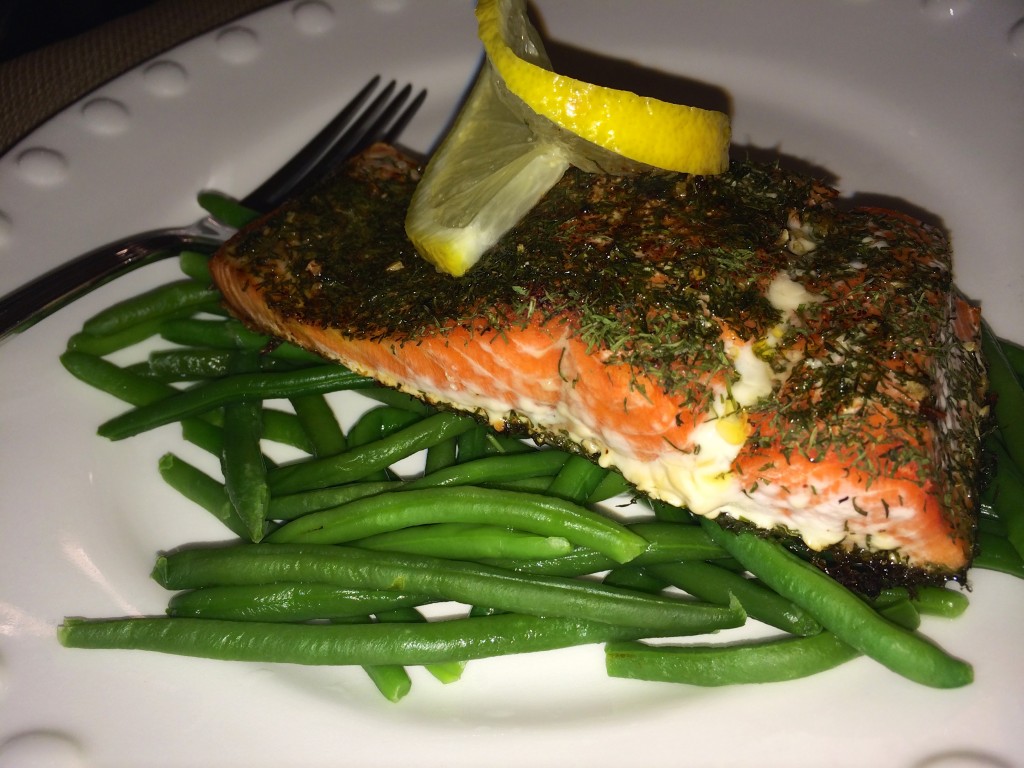Reposted from January 22, 2014
Warning salmon lovers–the following is graphic and may be offensive and upsetting to some of you. The fish you thought was a heart-healthy option may be more a whale of a tale. Unfortunately, the demand has created mass production more of Frankenfish than those amazing pink fish we all imagine swimming upstream.
In fact, most salmon sold these days not only don’t swim upstream, they barely swim at all. More than 90% of fresh salmon eaten in the US come from huge fish farms. They are packed in like sardines (I just can’t resist all of these fish references!). Such close proximity breeds disease. Don’t worry, though, the farmers simply administer mass antibiotics. Many salmon farms are even plagued with sea lice, parasites and worms. However, this may not be the type of added protein you were looking for.
With such tight living conditions, it makes it near impossible to scavenge for real food, so the farmed salmon are fed special pellets. These pellets are made of soy, bulking agents such as poultry litter (that would be chicken poo) and even pink dye. Why would pink dye be fed to the salmon, you may ask? The reason is that farmed fish are actually white. Therefore, to get that “salmon” color we all know and love, dye is the only option to make them appear normal.
As a result of the not-so-natural-sea-food and living conditions, farmed fish have a fraction of vitamins and omegas as wild salmon that is not farm raised. In fact, the vitamin D content in farmed fish is about one fourth as in its wild counterpart. Even the omega-rich-reason we eat salmon in the first place, is severely diminished. The inflammation reducing Omega-3 is much lower while the inflammation promoting Omega-6 is higher in these Frankenfish.
There is a way to get that salmon that we all know and love. Only purchase wild salmon or ask if the salmon on the menu is wild. Keep in mind that most Atlantic salmon is farm-raised. Always check your packaging. While I can usually find wild salmon, I typically no longer order it in restaurants. As alternatives, I may order Rainbow trout, Pacific halibut or Arctic char which all are typically chock full of the Omega 3 good fat while being free of the pesticides and parasites.’
All material in this newsletter is provided for information only and may not be construed as medical advice or instruction. No action or inaction should be taken based solely on the contents of this publication;instead readers should consult appropriate health professionals on any matter relating to their health and well-being. The information provided has not been approved the Food & Drug Administration and is not intended to diagnose, treat, cure, or prevent any illness or disease.

